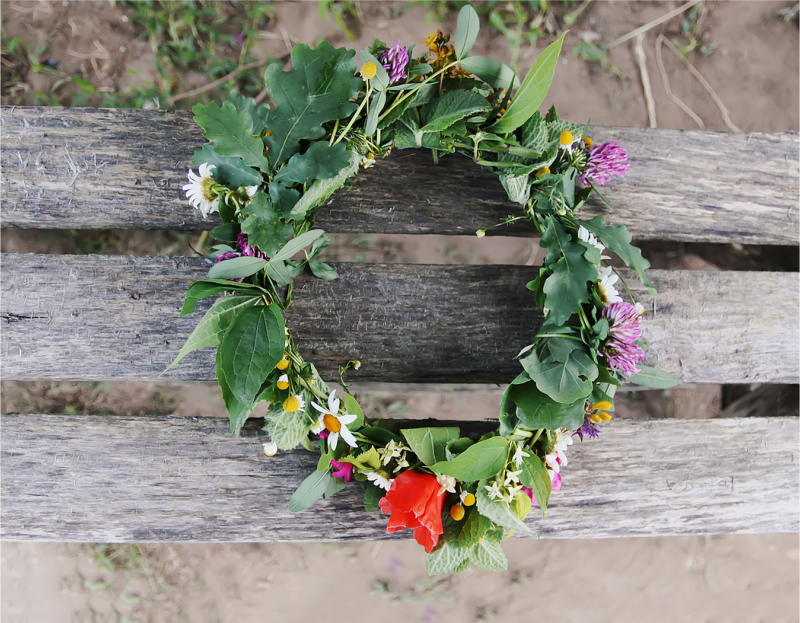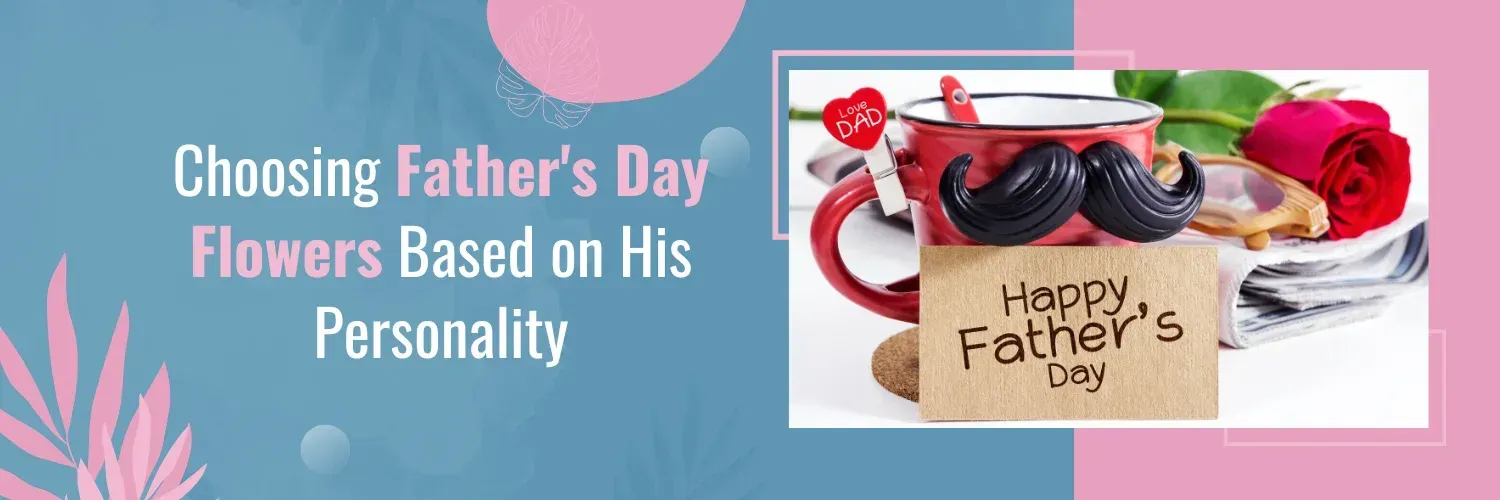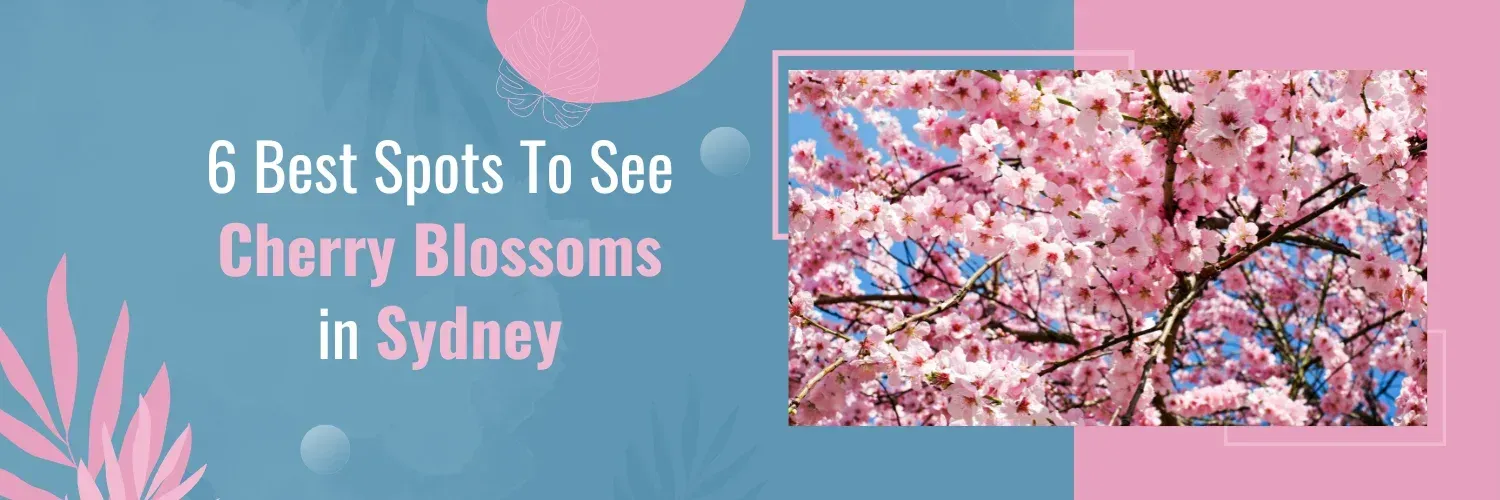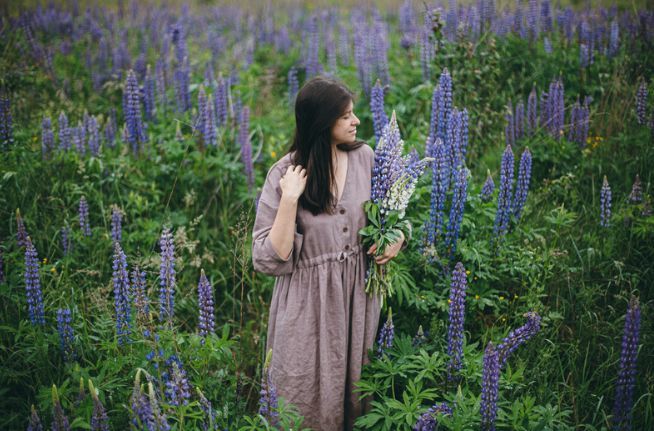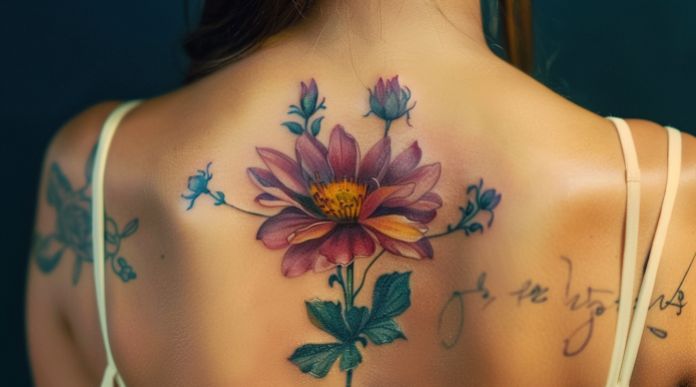Why Choose Green Flower Arrangements?
The rise in eco-friendly weddings is more than just a fleeting trend; it’s a reflection of a global shift towards sustainability. The age-old adage that weddings are wasteful is being challenged by couples who recognize the importance of green and sustainable practices. Today’s modern couples are seeking ways to celebrate their love without compromising the well-being of our planet.
Green flower arrangements, characterized by the incorporation of sustainable, eco-friendly plants and practices, are rapidly becoming a preferred choice for many events, especially weddings. Here’s why they are garnering such attention:
- Environmental Benefits: Traditional flower arrangements often come with a significant carbon footprint. They may be flown in from distant locations, grown using pesticides, and may result in waste from unsold or discarded blooms. Green arrangements focus on sustainability, reducing transportation emissions, and often using organically grown plants that have a minimal negative impact on the environment.
- Cost-Effective: Green arrangements often incorporate plants like succulents, air plants, or herbs, which can be more affordable than exotic flowers . Plus, because many of these plants are long-lasting, they can be repurposed after the event, offering value for money.
- Unique Aesthetics: Offering a refreshing departure from traditional arrangements, green flower arrangements present an opportunity for creativity. From the sculptural beauty of succulents to the ethereal allure of air plants, these arrangements can be a visual treat.
- Longevity: Plants used in green arrangements, like succulents, are often more resilient than delicate blooms. They can withstand varying conditions and last longer, ensuring the arrangement looks fresh throughout the event.
- Versatility: Green arrangements can be integrated into various themes, from rustic to contemporary. They can be dressed up or down, making them suitable for both formal and casual settings.
- Eco-conscious Message: Using green flower arrangements sends a strong message to guests about the importance of sustainability and eco-conscious choices. It reflects a commitment to preserving the environment and can inspire others to make similar choices.
- Low Maintenance : Many plants used in green arrangements require minimal care. Air plants, for instance, don’t need soil and need only occasional misting. This makes the upkeep of these arrangements relatively hassle-free.
- Post-event Repurposing: Unlike traditional flower arrangements which might wilt and be discarded after the event, elements of a green arrangement can be repurposed. Succulents can be replanted, herbs can be used in cooking, and air plants can be integrated into home decor.
Benefits of Green Flower Arrangements
Green flower arrangements, which emphasize eco-friendly and sustainable plants and materials, are not just a stylish choice but also come with a plethora of benefits. Here are the key advantages of opting for green arrangements:
- Eco-friendly Choice: One of the most compelling benefits is the reduced environmental impact. Green arrangements typically use plants and flowers that are locally sourced, reducing transportation emissions. They also favor organic growth practices, meaning fewer pesticides and chemicals are introduced into the environment.
- Long-lasting: Green arrangements often incorporate resilient plants like succulents and air plants. These can survive longer than traditional delicate blooms, ensuring that the arrangements stay fresh and vibrant for extended periods.
- Cost-Efficient: Due to the durable nature of many plants used in green flower arrangements, they often present better value for money. There’s also potential for cost savings when sourcing local and seasonal plants.
- Unique Visual Appeal: Such arrangements offer a refreshing alternative to traditional florals. The diverse textures, shapes, and colors of plants like succulents, ferns, and mosses can create stunning and memorable displays.
- Low Maintenance: Many of the plants favored in green arrangements, such as air plants, require minimal upkeep. They might need less frequent watering or no soil at all, making them ideal for events or settings where maintenance might be a challenge.
Popular Green Flowers for Weddings
When it comes to eco-friendly and green-themed weddings, the choice of flowers plays a pivotal role. Not only should they resonate with the wedding’s theme, but they should also align with the couple’s environmental values. Here are some popular green flowers and plants that are often chosen for sustainable wedding arrangements:
Succulents
Succulents come in various shapes, sizes, and even colors, making them a versatile choice for wedding decor. Renowned for their hardiness, these plants can survive in varied hardiness zones ranging from United States Department of Agriculture Plant Hardiness Zones 8 through 11, offering an advantage of adaptability. Uses of succulents are many—they can be incorporated into bouquets, centerpieces, boutonnieres, and even as wedding favors for guests. One of the main benefits of using these plants is their resilient nature, requiring little moisture, underlining their hardiness. In fact, they can be replanted after the event, sometime even self-seeding, embracing both drought-tolerance and a low-maintenance lifestyle.
Eucalyptus
With its silvery-green leaves and pleasant aroma, eucalyptus adds volume and texture to arrangements. This versatile plant, which also flourishes outdoors amidst the vast hues of nature, with the likes of pine trees and vibrant, lime green grass, is a gem. Its uses are ideal for bouquets, garlands, and table runners, wonderfully embodying lime and celery tones. Moreover, its benefits transcend aesthetics. Its aromatic leaves can act as a natural insect repellent in outdoor settings, making it an excellent ally for those who enjoy lime-colored landscapes without the nuisance of insects.
Air Plants (Tillandsia)
These soil-less wonders have an ethereal and unique appearance. Just like the green gladiolus, another perennial and captivating plant, these air plants inject a chartreuse color into any setting.
- Uses: They can be woven into bouquets, alongside chartreuse blooms for a stunning contrast, used as centerpieces, or even as hair accessories for the bridal party.
- Benefits: They’re extremely low maintenance, akin to the chartreuse plant gladiolus hortulanus that enjoys full sun, and can be gifted or used as home decor post-wedding.
Ferns
Ferns introduce a lush, woodland feel to wedding decor.
- Uses: Perfect for table arrangements, archways, or even as a backdrop.
- Benefits: They are abundant and can easily be sourced locally.
Herbs (like Rosemary, Lavender, Mint)
Herbs aren’t just for the kitchen. Adding to their charm, consider the vibrant Mediterranean spurge, a perennial from the Mediterranean region, that can introduce a rustic touch to your wedding arrangements along with our conventional favorites, Rosemary, Lavender, and Mint. Employed as a popular filler, these plant seedlings can be seamlessly bundled into bouquets or used as aromatic centerpieces. Another benefit of integrating herbs into your bouquet is their delightful fragrance, which permeates the surroundings, also, they can be utilized in wedding dishes or as favors. Remember to plant all these seedlings in the garden once there’s no danger of late frost, to ensure their healthy growth.
Green Trick Dianthus
This flower has a unique moss-like appearance and offers a vibrant green hue. Of great interest is the ‘Green Ball’ dianthus, or as many of us know it, Sweet William, identified by its fuzzy, ball-like structure. An interesting feature of the ‘Green Trick’, a popular variety, is it thrives primarily in well-drained soil and full sun, taking advantage of its nature as a perennial shrub. Uses for this flower, aside from its primary role as a punch of colour in any flower bed, also extend to bouquets, boutonnieres, and table arrangements. What further sets it apart is its tangible, cushiony texture that adds an interactive element to its bright ‘Sweet William’ green.
As you cultivate this flower, allow the buds to grow through winter, giving the plant time to mature and strengthen. Cut back just as color begins to show—the vibrant, springy-green buds are a breath of fresh air, representing a new take on the typical rose colors, and truly pack a punch in terms of visual interest in your garden or bouquets.
In your flower beds, consider companion planting with Lady’s Mantle, another low-growing border plant that thrives in a different shade of green. This plant is known for its clusters of tiny yellow-greenish flowers that seamlessly blend into the landscape. Much like ball dianthus, this perennial shrub can be a great addition to bouquets, or can stand as a charming, independently-growing plant along the borders of your flower beds.
Bells of Ireland
These tall, green flowers are known for their bell-shaped blooms and are symbolic of luck.
- Uses: Suitable for tall centerpieces or as part of a mixed bouquet.
- Benefits: Their height and structure can add dimension to floral displays.
Monstera Leaves
Popular in tropical-themed weddings, these large, glossy leaves make a statement. Their appearance can certainly lend a thumb of approval to those creating their own personal oasis. Uniquely textured, they can be used as placemats, in backdrops, or even as individual centerpieces, functioning much like a versatile slipper that finds comfort in any scenario. Their broad size means fewer leaves are needed for a full look, reducing the number of plants required.
Choosing green flowers and plants for weddings is much like curating a blog, it not only elevates the aesthetic but also reinforces a commitment to sustainability. Whether found in hues of green as fresh as a summer day’s rainbow or a muted palette, or you’re aiming for a minimalistic look or a lavish green affair, these plants and flowers offer both beauty and eco-consciousness.
Creative Ideas for Green Flower Arrangements
Green flower arrangements offer a unique blend of aesthetics and sustainability. Whether you’re organizing a wedding, a corporate event, or simply decorating your home, there’s ample room for creativity when working with green plants and flowers. Here are some innovative ideas to consider:
Rustic Burlap Wrapped Bouquets
- Combine a mix of succulents, ferns, eucalyptus, and herbs. You might also consider incorporating blooming zinnias or nicotiana flowers as these cheerful flowers not only attract bees and other important pollinators but are also a crowd favorite.
- Tie them together using natural burlap or hemp strings, reinforcing the eco-friendly theme.
- Add a touch of elegance with lace or natural ribbons. And why not add a few light-green carnations? They are particularly fitting for a spring wedding and an affordable option too.
Hanging Gardens
- Use clear glass orbs or geometric terrariums.
- Fill them with air plants, moss, or small succulents.
- Hang these at varying lengths over the dining area for an ethereal floating garden effect.
Potted Centerpieces
- Opt for biodegradable or recycled pots. -Introduce variety by including elegant calla lilies and stunning cymbidium orchids, boasting a range of colors from white calla lilies to light green blooms, along with herbs like rosemary, thyme, and basil for an appealing combination. Furthermore, the calla lilies and cymbidium orchids thrive well in similar sunlight conditions, making them perfect companions for the potted centerpiece. The specific calla lily color can even complement the color theme of the event setting.
- As a thoughtful gesture, guests can later take these attractive potted centerpieces home, appreciating the longevity of the cymbidium orchid’s bloom and the unique elegance of the calla lilies in their personal spaces.
- Add a personalized touch with name tags that double as seating cards.
Green Walls & Backdrops
- Construct a backdrop using vertical planters or mesh panels.
- Incorporate a mix of ferns, ivies, and other trailing plants.
- Perfect for photo ops or as a background for the main event area.
Terrarium Table Numbers
- Create mini terrariums using glass jars or containers. -Inside, arrange a miniature green world with a vibrant burst of spring blooms such as pebbles, moss, and small plants like succulents, or zinnia zinnias, particularly the cultivar variety; Envy for its alluring green blossoms.
- Enhance the ambience by adding table numbers on the terrariums, a unique and fun way to guide your guests to their seating.
Floating Green Displays
In a clear glass bowl or vase filled with water, float monstera or lotus leaves. Consider incorporating calla lilies or tulips for an added touch. The lilies, with their light green blooms, can add a stunning visual element in your display, while the tulips, especially ones with dark green flames or streaks, could provide an ultra luminous and unique effect. Both lilies and tulips are perennials, adding a long-lasting life to your arrangement.
Also, you may consider floating candles for a soft, glowing effect in the evenings. They contribute to creating an atmosphere, especially when merged with the vibrancy of tulips and the elegance of calla lilies. With the USDA plant zone ranging from 3-10 for these floral varieties, they offer great versatility in most climates. The stalks of both flowers also enrich the look, creating a leafy, full-bodied foundation for the setup.
Herbal Wreaths
- Construct wreaths using aromatic herbs like rosemary, sage, and lavender. For an exciting twist, consider integrating beautiful flowers like chrysanthemums and spurge. Commonly known as mums, chrysanthemums, especially popular variants like Green Star and Key Lime, make an excellent accent, breathing life into your wreath with their bright green shades. Spurge, primarily perennials hardy in Zones 6 through 11, gives a touch of extra greenery, beautifully complimenting other herbs.
- These inventive wreaths can be used to decorate doors, chairs, or even as table centerpieces.
- They not only look beautiful but also offer a sublime fusion of natural fragrances when touched. Remember, varieties like the Mediterranean spurge grow best in sunny locations with well-drained soil – just like the bulb-type gladioli. After they’ve bloomed in early spring, allow the foliage to continue growing to ensure the bulbs grow, too.
Sculptural Succulent Arrangements
- Play with the varied shapes and colors of succulents. In addition to other intriguing plant types, don’t hesitate to explore the beauty of blossoms like the brilliantly colored cockscomb or the pouch-like labellum of the beginner-friendly orchid, captured seamlessly by photographers like those from EyeEm and Getty Images. These can add an unexpected twist to your display.
- Arrange them in a cascading manner on driftwood, or stack them in layers for a 3D effect. Sprinkle some cymbidium, an easy-to-maintain orchid native to Asia and Australia, for a dash of vibrant color and sculptural balance.
Eco-friendly Confetti
- Instead of traditional confetti, use dried flower petals or leaves.
- These are biodegradable and add a natural touch to celebrations.
Repurposed Planters
- Use old tin cans, wooden boxes, or even discarded shoes or boots. -Fill them with moist, well-drained soil and plant frost-resilient green flowers or plants that thrive in the great outdoors. Make sure to consult the hardiness zone guidelines for maximum success. This practice not only emphasizes the theme of repurposing and sustainability but also contributes to a flourishing garden, as many of these plants have the capacity to self-seed.
Care and Maintenance Tips for Green Arrangements
Green arrangements, while often more resilient than traditional flower arrangements, still require care and attention to remain vibrant and fresh. Here’s how to ensure that these arrangements stay beautiful for as long as possible:
Watering
- Succulents: They store water in their leaves, so overwatering can be detrimental. Let the soil dry out completely between waterings, and then water deeply.
- Air Plants (Tillandsia): These require a different approach. Instead of soil watering, mist them with water once or twice a week, or soak them in water for a short period every couple of weeks.
- Herbs: Most herbs prefer well-draining soil. Ensure the pot or planter has drainage holes and water when the top inch of soil feels dry.
Light Requirements
- Succulents: These typically thrive in bright, indirect light. Herbs: Most culinary herbs, like basil, rosemary, and the delectable wild celery named Angelica, originating from Europe and Asia, prefer full sunlight. However, if they start to look stressed, consider providing a little shade during the hottest parts of the day.
- Air Plants: They prefer bright, indirect light. A location near a window with filtered light is ideal. Particularly, a standout lime green plant like the Nicotiana ‘lime green’ with delightful jasmine-like scented flowers, originally from the Americas, adds a much desirable allure, thriving in everything from full sun to partial shade. Some of its lime green peers include the ‘Limelight’ hydrangea, chartreuse gladiolus, and ‘Green ball’ dianthus, worth mentioning for their unique lime-colored appeal.
- Succulents: These typically thrive in bright, indirect light. Let’s not forget those that bathe in neon green brilliance resembling oceanic coral, their darker green leaves at their base contrasting beautifully with their bright neon green bloom clusters.
Temperature and Environment
- Ensure your green arrangements are kept in a location with a stable temperature. A stable temperature is particularly critical for the flourishing of plants like the Mediterranean spurge, a verdant botanical addition from the Mediterranean region. Most green plants used in arrangements, including this splendid spurge, prefer temperatures between 60°F and 75°F. Ideal growing zones span USDA zones 8 – 10.
- Dodge places such outdoor delights near radiators, air conditioners, or drafty windows, as they’re ideally grown outdoors, being typically planted after the threat of frost.
Trimming and Pruning
- Remove any dead or decaying leaves or stems. In focusing on this, the plant’s energy can then be redirected to generate lush green foliage and fresh buds. This strategy not only promotes robust growth but also mitigates the threat of fungal diseases.
- For herbs, regular trimming catalyzes bushier growth and thwarts them from morphing into a leggy form. This trimming method invigorates a new burst of springy-green buds, just like a rose adopting a different color palette, adding a visual punch to your garden. These buds slowly blossom into vivid, electric green hues, creating an unforeseen but pleasant contrast with the usual shades.
Fertilizing
- While green arrangements are generally low maintenance, they might benefit from occasional feeding, especially if they’re in the same soil for an extended period. This is particularly true for plant seedlings like ranunculus, which rely on rich nutrients to flourish.
- Use a balanced, all-purpose fertilizer, but ensure it’s diluted to prevent overfeeding. If you’re planting bulb-type flowers such as gladiolus corms, you’ll further want to ensure a sunny, well-drained location for optimal growth, as recommended by the United States Department of Agriculture Plant Hardiness for Zones 8 through 11.
Re-potting
- As plants grow, they might outgrow their containers. If you observe roots starting to peek out of the drainage holes of your bulb-type gladiolus, or the plant seedling seems excessively large for its pot, consider re-potting it.
- Choose a pot that’s slightly larger than the existing one, ensuring it has adequate drainage and can accommodate the growth accent of the bulb or seedling. Make sure to plant your seedlings in the garden after you’ve ascertained that there’s no risk of a late frost from hardiness zone 8 through 11.
Pest Management
- Even though green arrangements are less prone to pests, keep an eye out for signs of infestations like aphids or mealybugs. -Apart from pests, beneficial insects like pollinators, such as bees and butterflies, are likely to visit your garden when host plants such as nicotiana flowers and zinnias are in bloom. These visits enrich your garden’s ecosystem and promote better plant growth.
- If pest infestations are detected early, most can be dealt with using natural remedies like neem oil or insecticidal soap. Always bear in mind that these remedies should not adversely affect our important pollinators.
Dusting and Cleaning
- Dust and grime can accumulate on leaves, which can hinder photosynthesis. -In the same way dust can cover the rich green foliage of certain unique flowers, it can also cover the leaves of your household plants.
- Gently wipe the leaves with a damp cloth or a soft brush to keep them clean. This will maintain photosynthesis at optimal levels and ensure healthy blossoms and buds , adding a visual punch to your indoor garden.
Additional Tips for an Eco-Friendly Wedding
Opting for Local and Seasonal Flowers
By choosing flowers that are in season and sourced locally, you drastically reduce the carbon footprint of your wedding. Selecting flowers such as the vibrant Mediterranean spurge, a perennial admired for spring blooms, can lend a unique touch to your nuptials. Not only does this plant thrive in the USDA plant zones 3 – 9, but it can also adapt to a range of light conditions, from full sun to partial shade. Light-green carnations, another brilliant choice, are growing in popularity, especially for spring weddings. Moreover, supporting local businesses by sourcing locally promotes community growth.
Composting Leftover Organic Material
Post-wedding, turn any floral waste into nutrient-rich compost, which can be a boon for gardens or community parks.
Post-wedding, transform any floral waste, including green-colored flowers and abundant foliage, into nutrient-rich compost. This compost can be a boon for gardens or community parks, especially those that feature flowers with rich, lush green foliage which is commonly thought of as the color of the surroundings of a beautiful bloom.
Recycling and Repurposing Decorations
Instead of discarding wedding decor, consider donating, recycling, or repurposing them. This not only reduces waste but can also bring joy to someone else.
Conclusion

The beauty of green flower arrangements extends beyond aesthetics; it’s about making responsible and sustainable choices. By opting for sprays of green flowers, from mainstays like the quietly nestled lady’s mantle and light green carnations to the unique spider chrysanthemums, brides and grooms can celebrate their love while championing environmental consciousness. They not only bring aesthetic pleasure but also symbolize feelings of renewal, optimism, and good fortune. As we see the popularity of such sustainable choices flourish, it’s the finer details, like green arrangements, that make a significant difference.
If you’re influenced by this eco-friendly ethos and the symbolic richness presented here, take a moment to explore Bourkes Florist’s range of green flower arrangements. Dive deeper into the world of sustainable living and see how their offerings can further elevate your green journey. Make every choice count by Check out now at Bourkes Florist.
FAQs
Q: How much can I expect to save with green flower arrangements?
While costs can vary based on specifics, green arrangements, due to their sustainable nature, often prove to be more cost-effective in the long run, especially when incorporating plants that can be repurposed or reused.
Q: Can I mix traditional flowers with green plants in my arrangements?
Absolutely! Mixing traditional flowers with greenery can create a harmonious blend of classic and contemporary, allowing for a wider range of textures and colors.
Q: How long in advance should I order or prepare these green arrangements?
It’s advisable to discuss timelines with your florist, but generally, green arrangements can be prepared a bit earlier than traditional flower bouquets due to their longer-lasting nature.
Q: Are there eco-friendly options for preserving my wedding bouquet?
Yes, consider air drying, silica gel drying, or pressing your bouquet. Alternatively, replanting components of your bouquet can be a living testament to your special day.



















